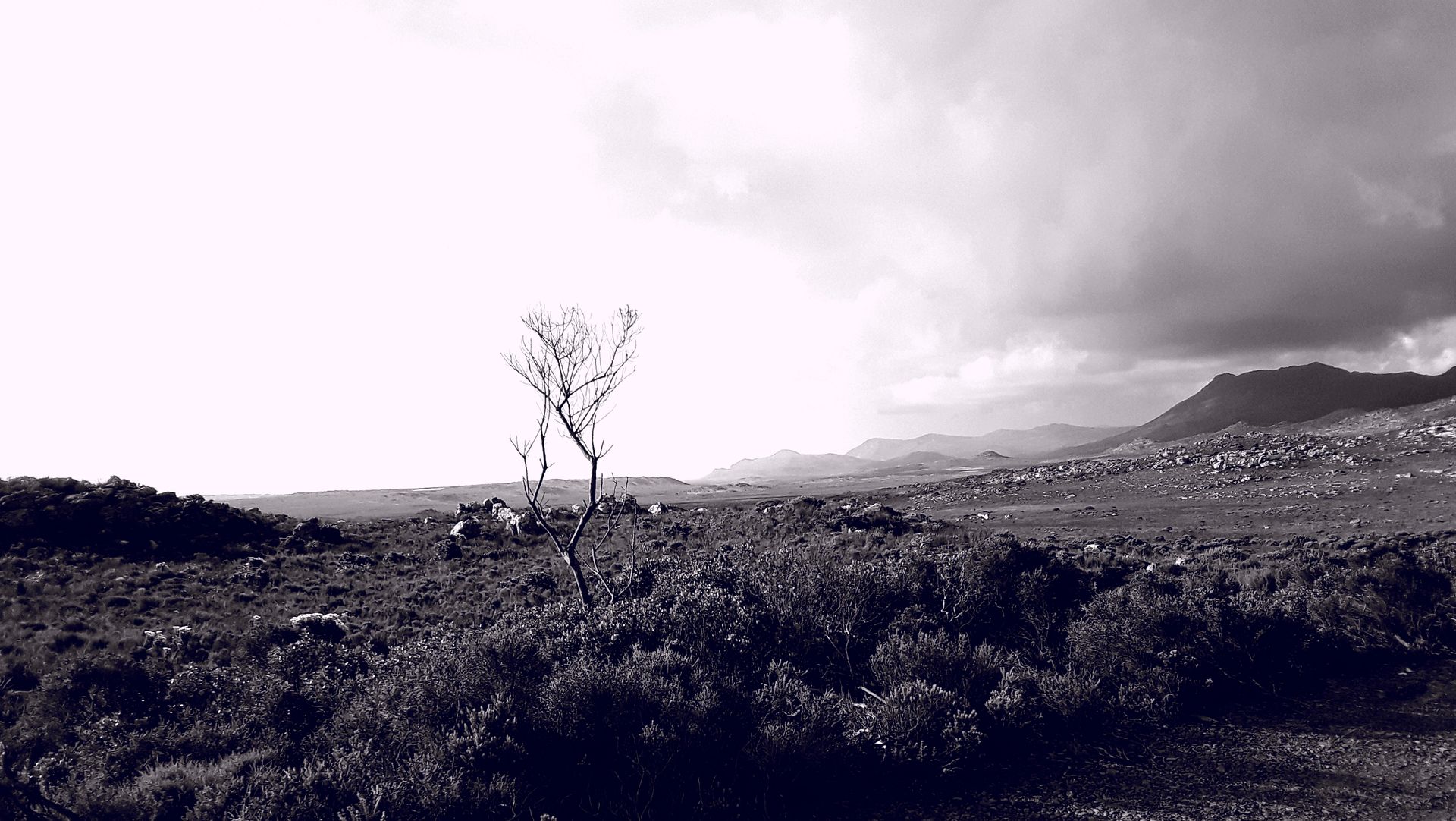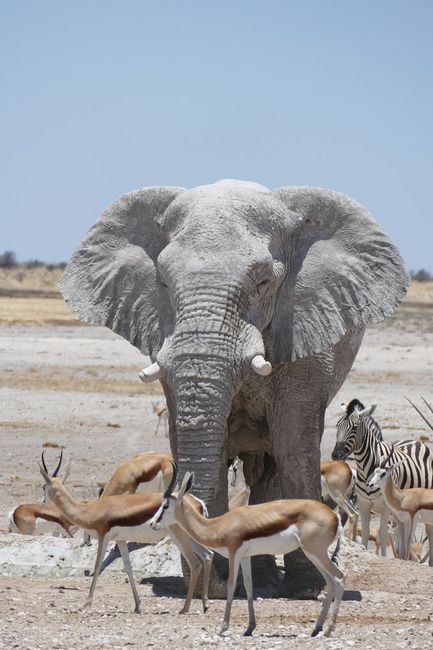
mit-dem-dubs-zu-neuen-ufern
vakantio.de/mit-dem-dubs-zu-neuen-ufern
Up and Down
Objavljeno: 22.04.2018
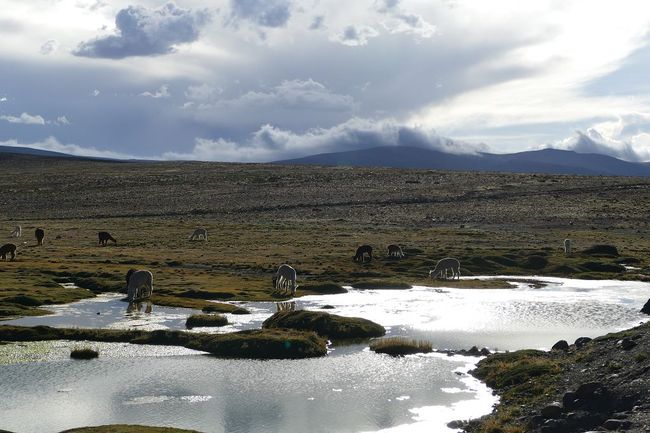
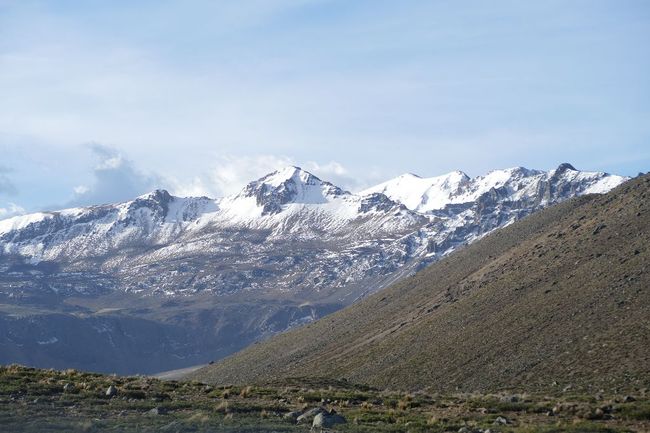
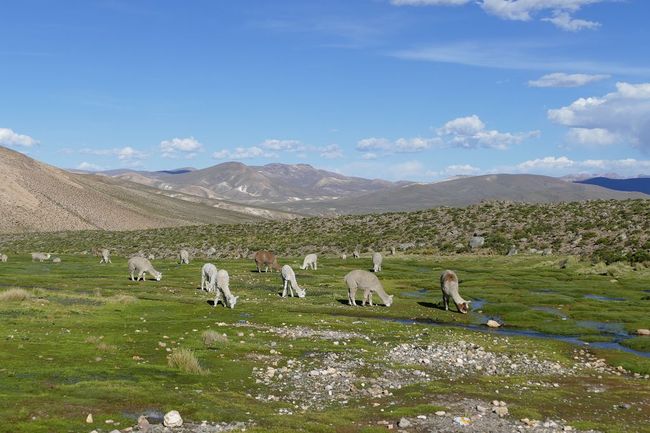
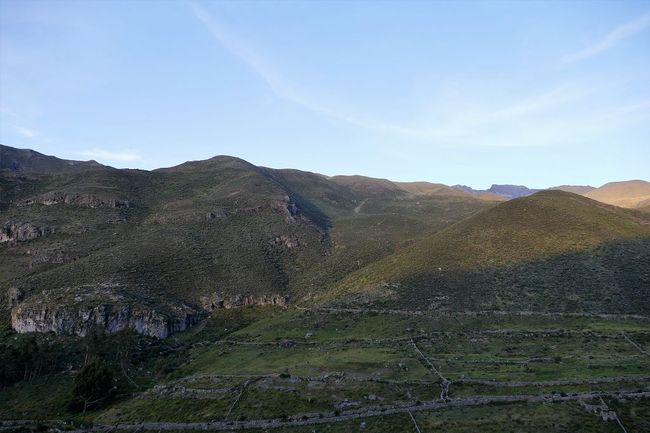
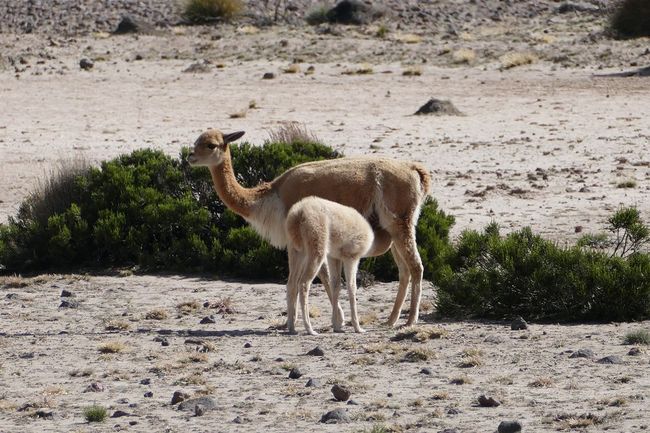
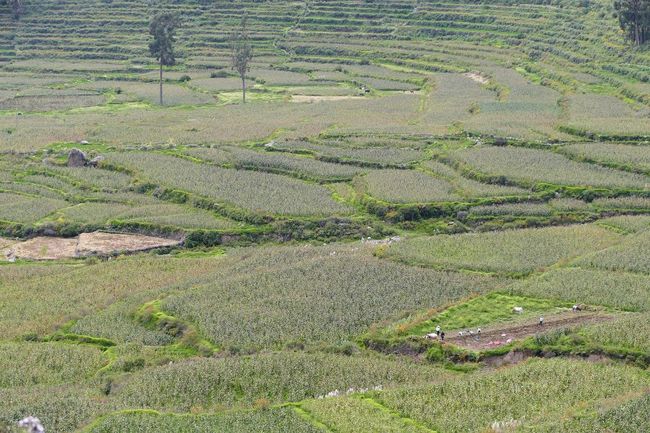
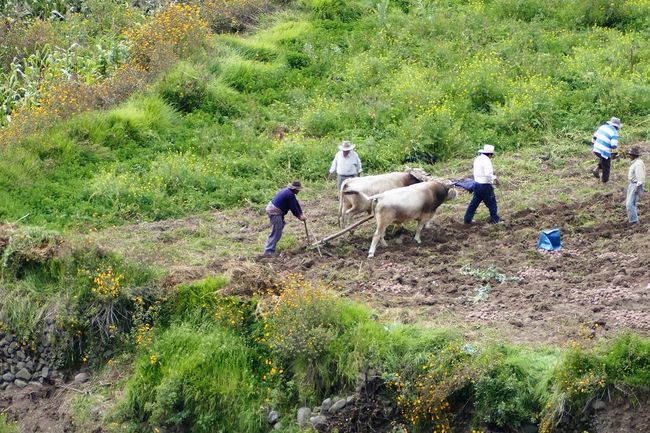
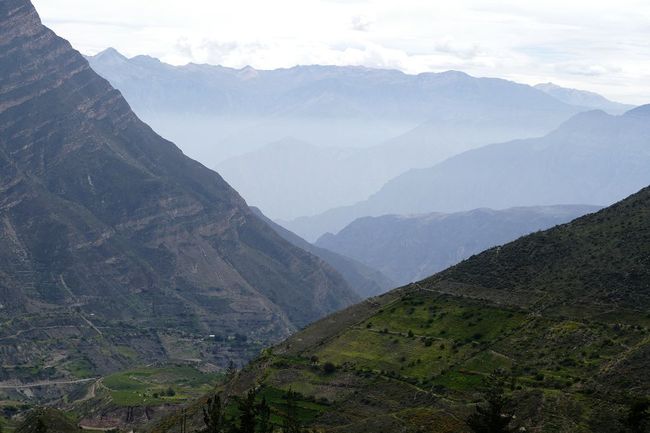
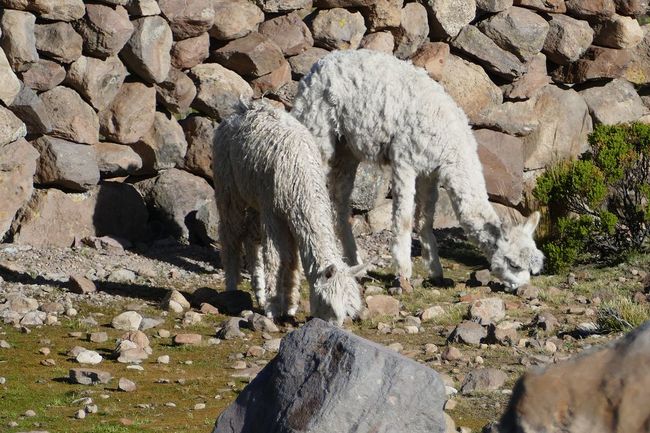
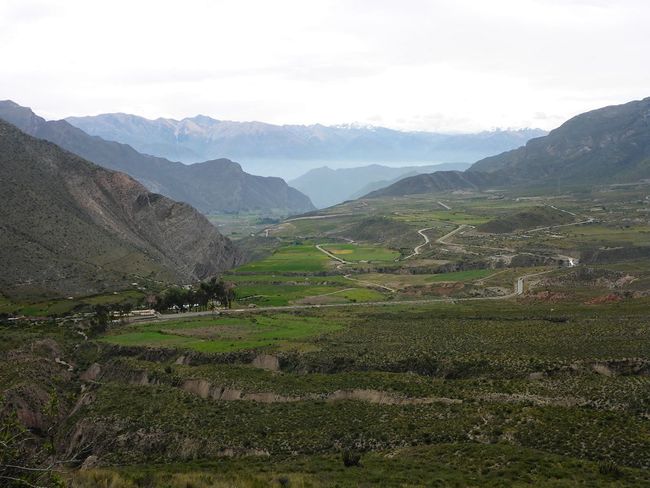
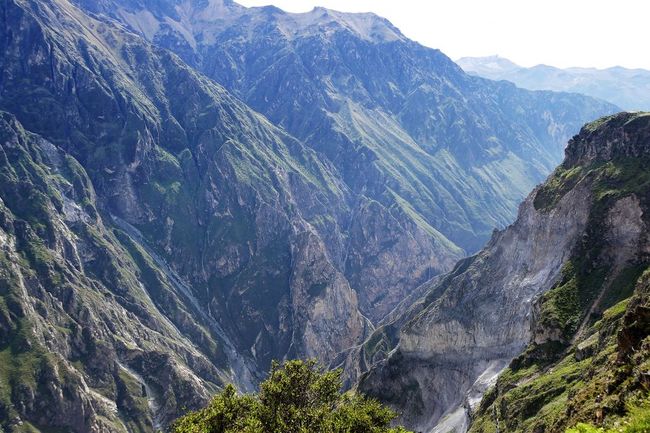
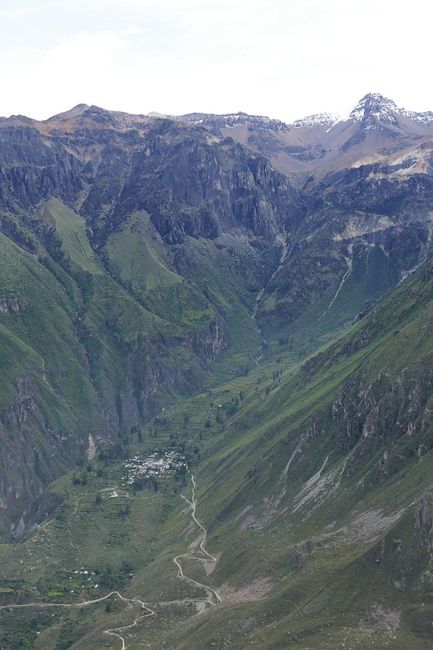
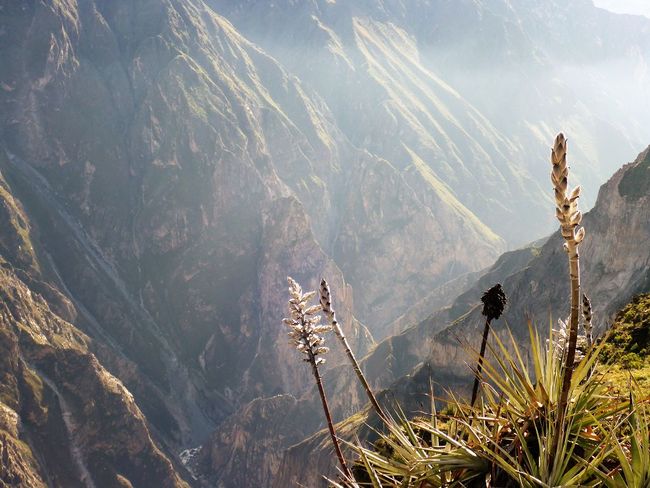
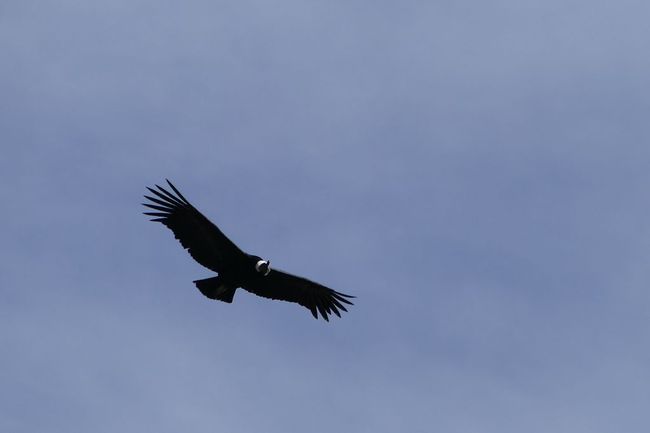
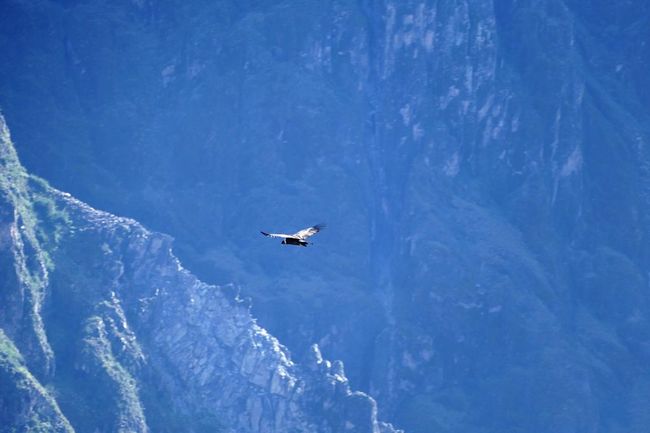
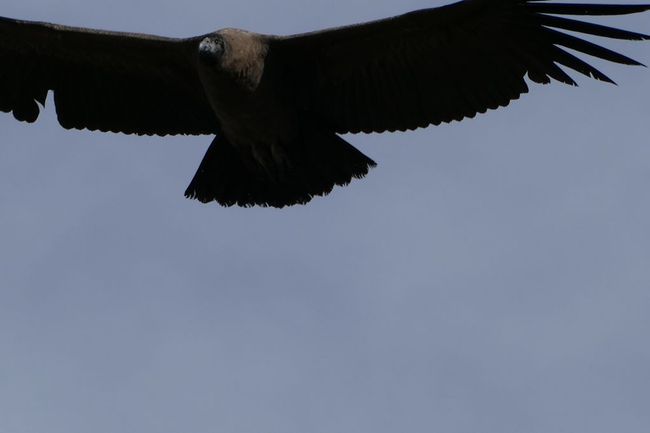
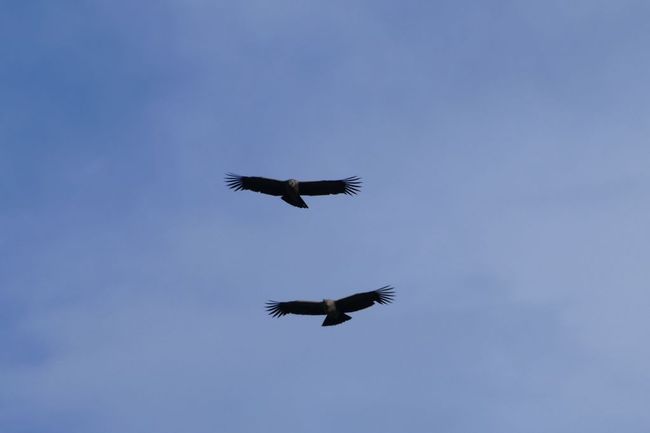
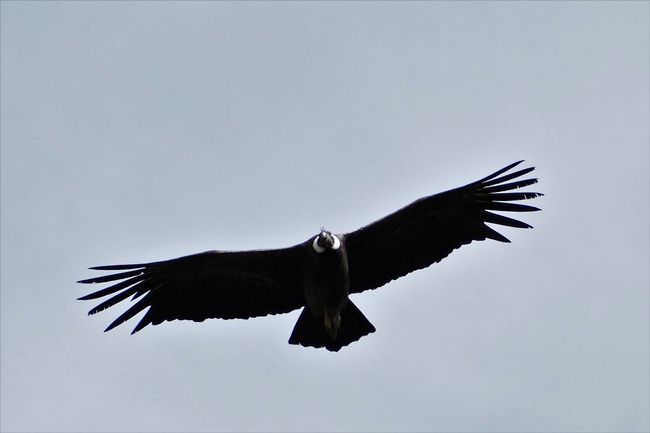
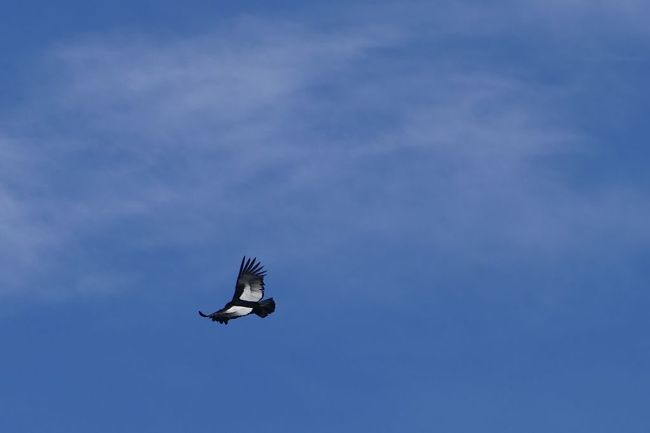
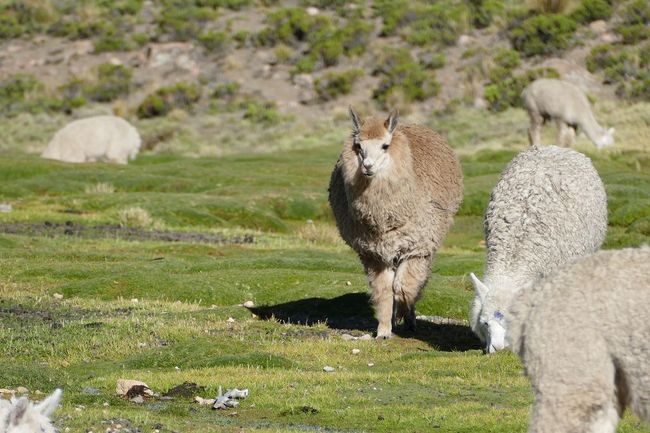
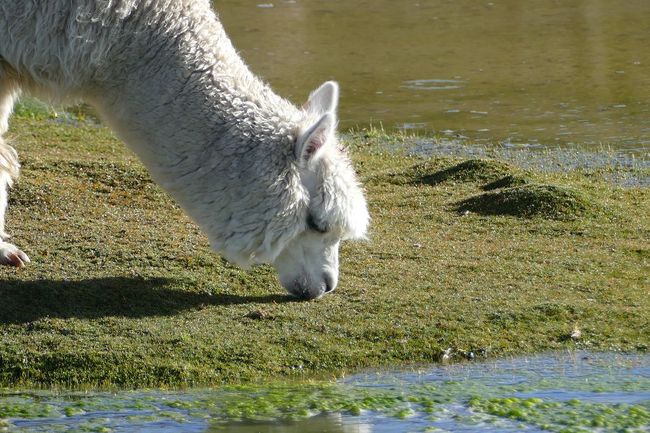
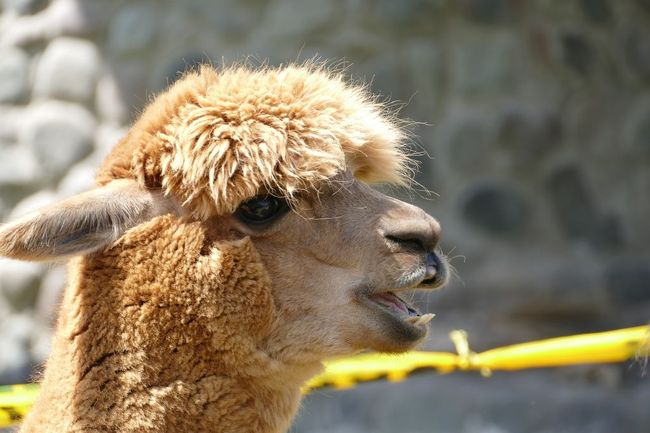
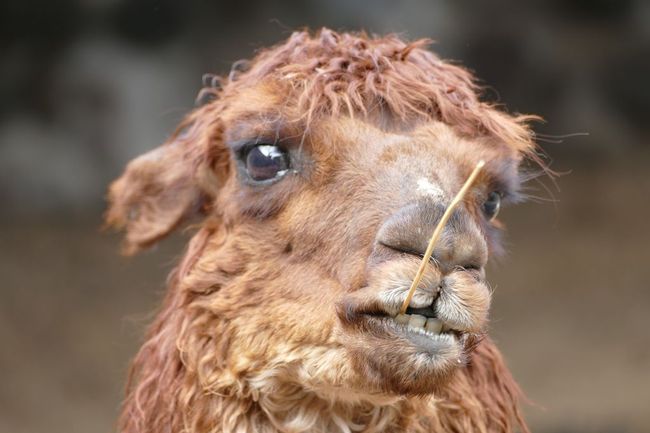
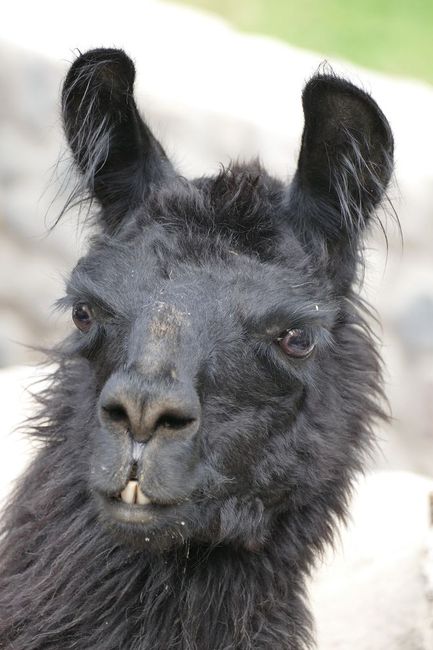
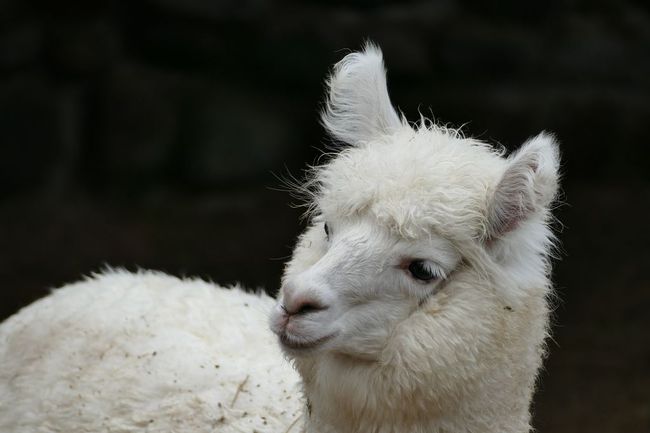
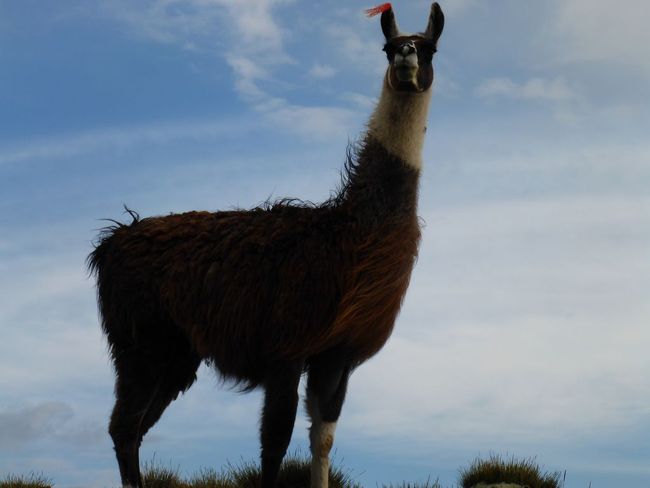
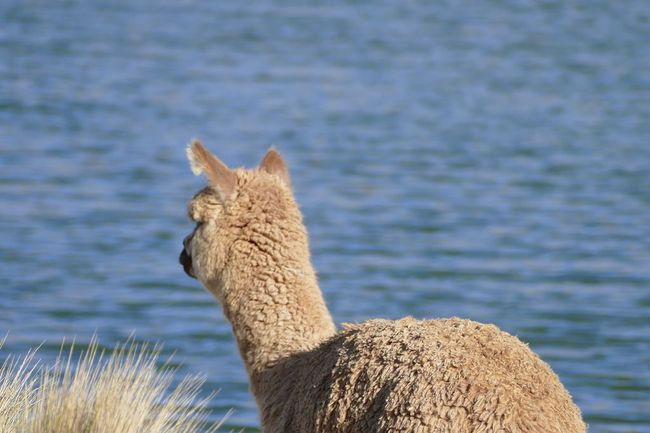
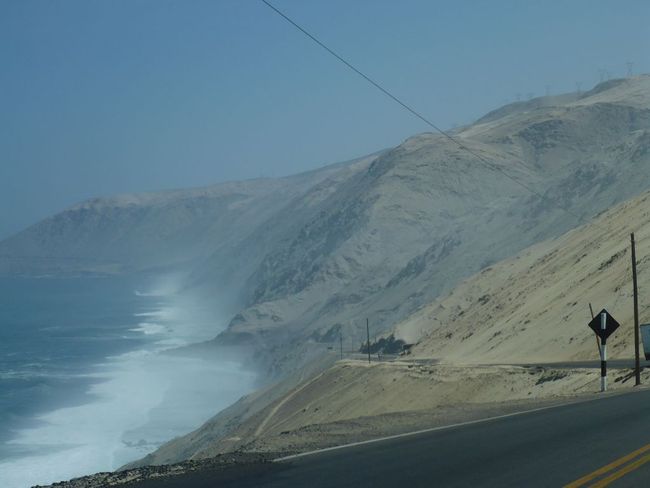
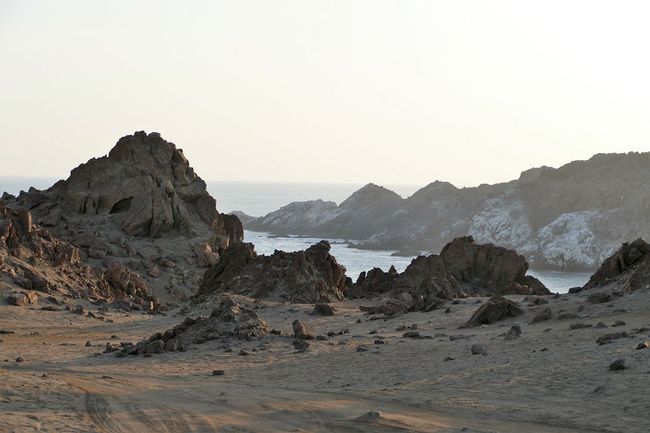
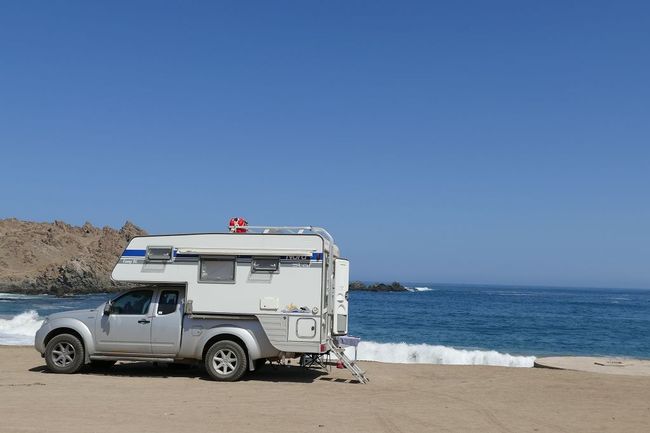
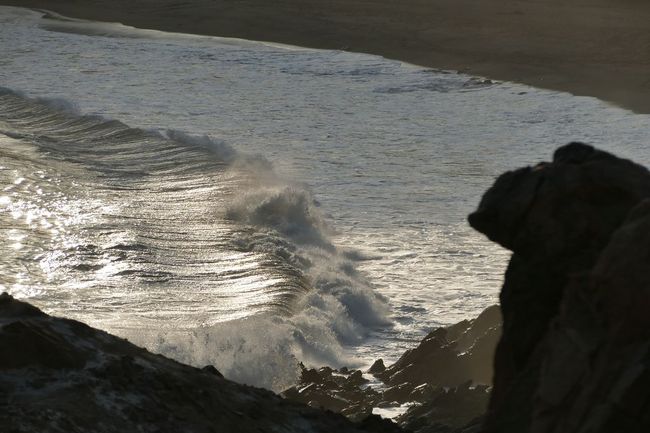
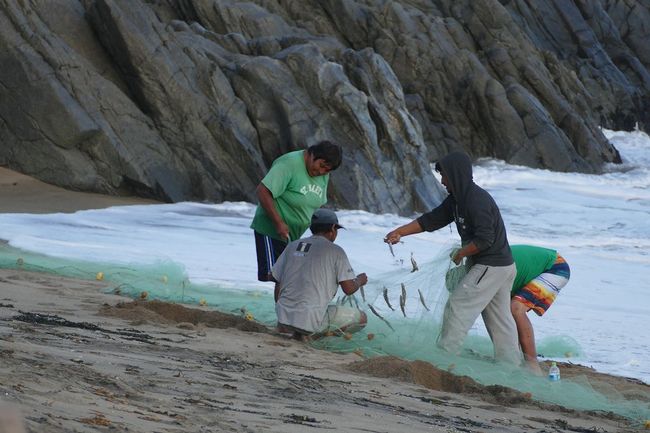

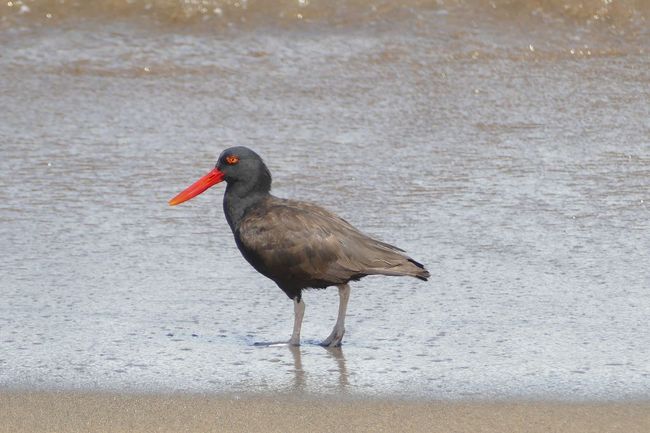
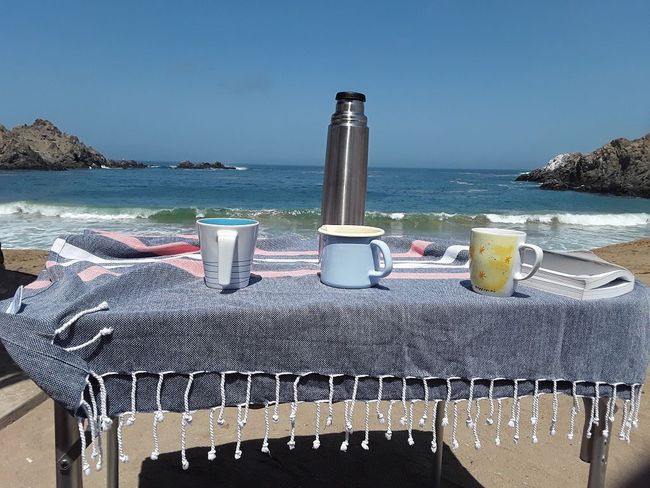
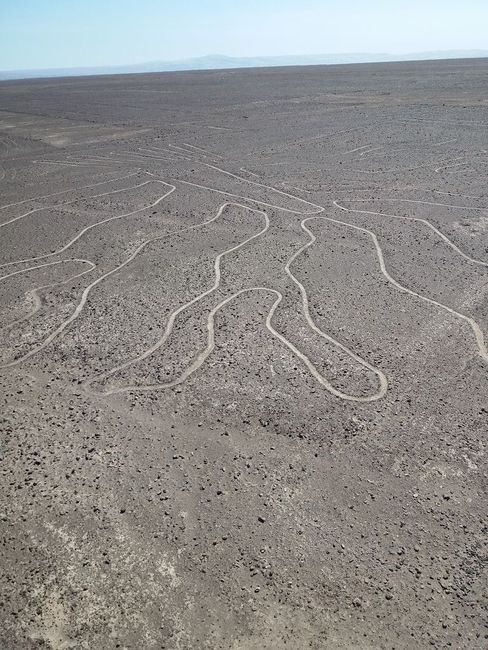
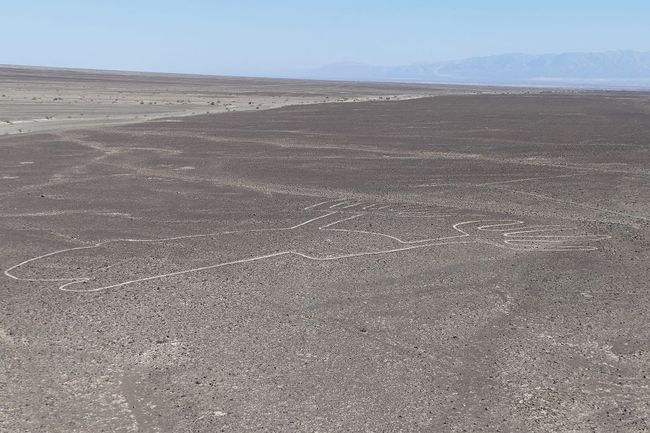
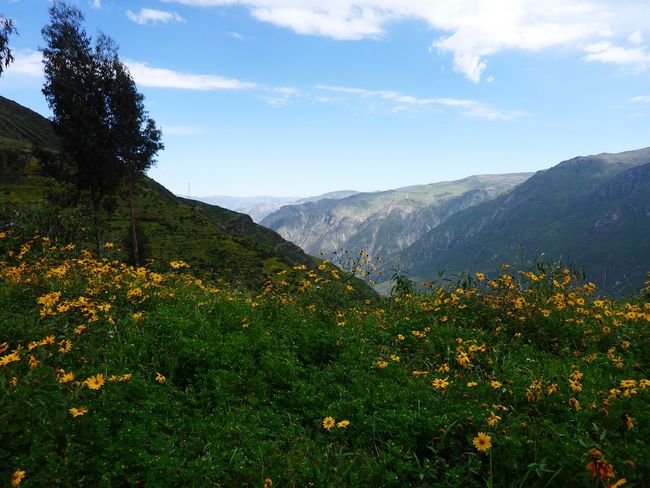
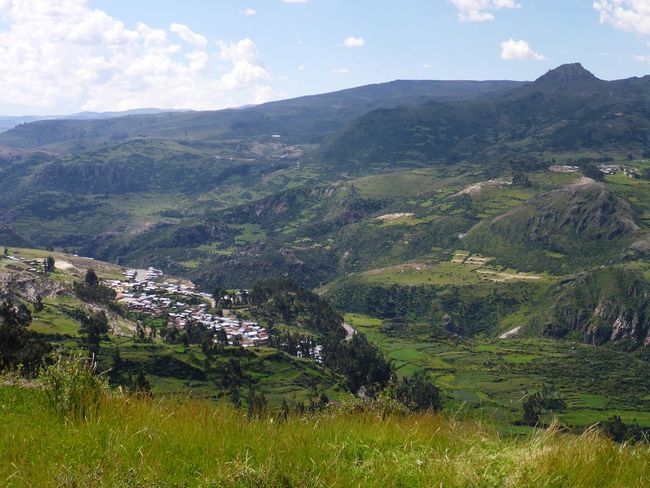
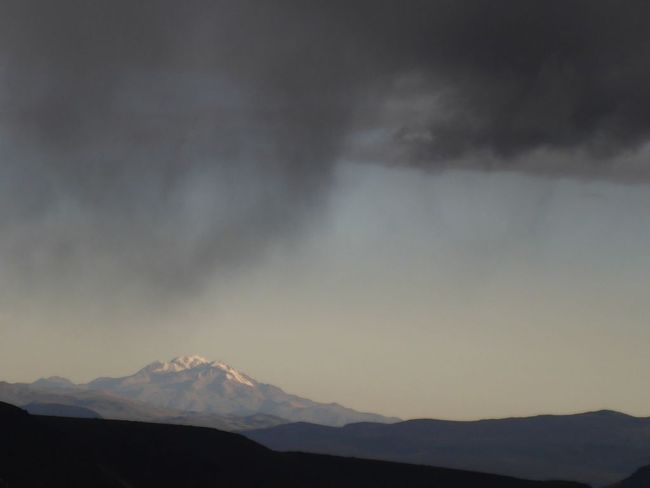
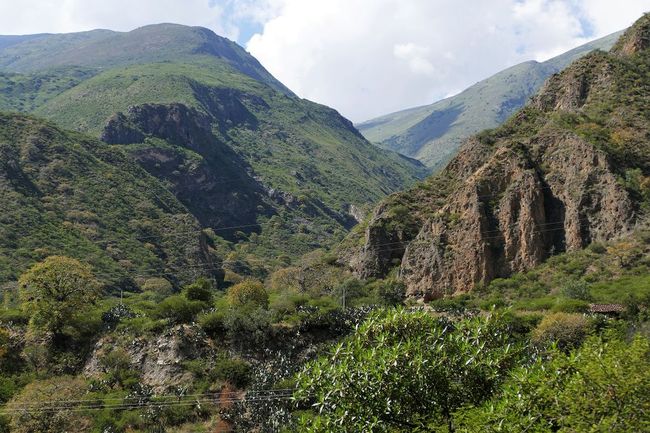
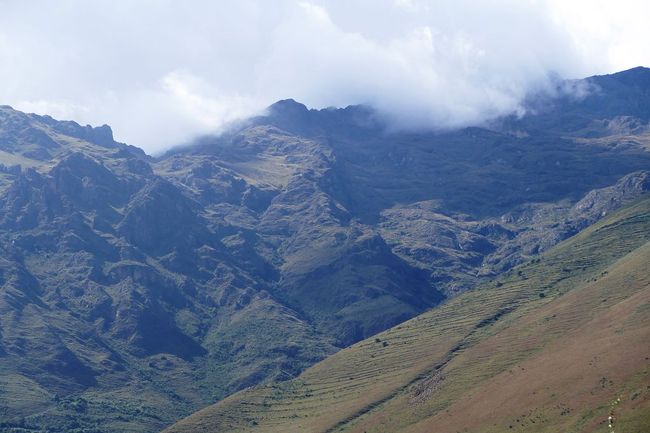
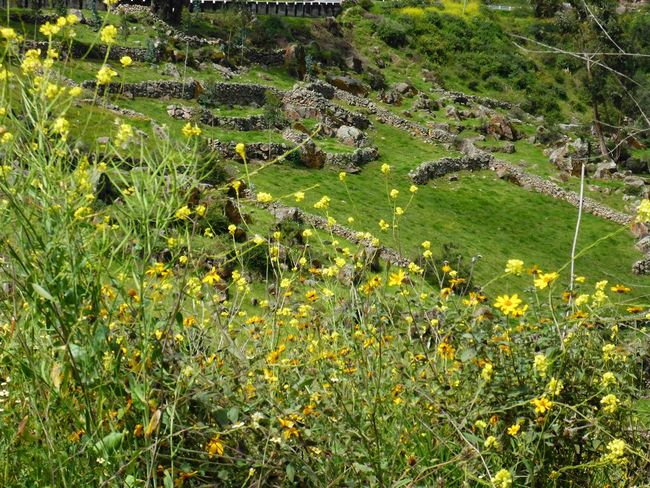
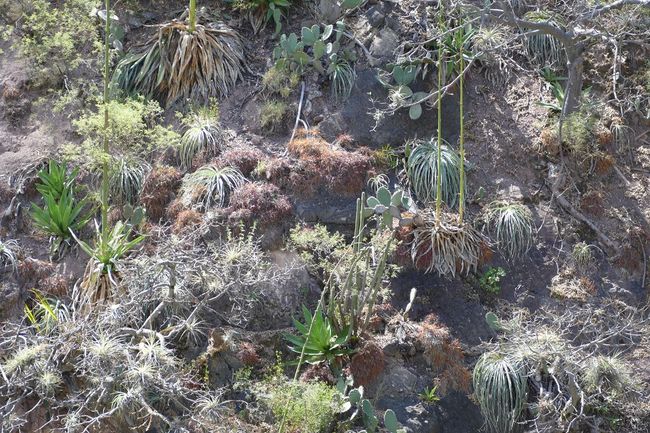
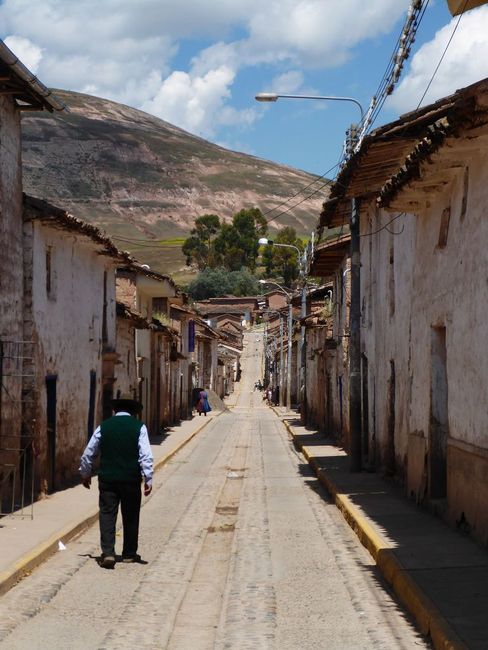
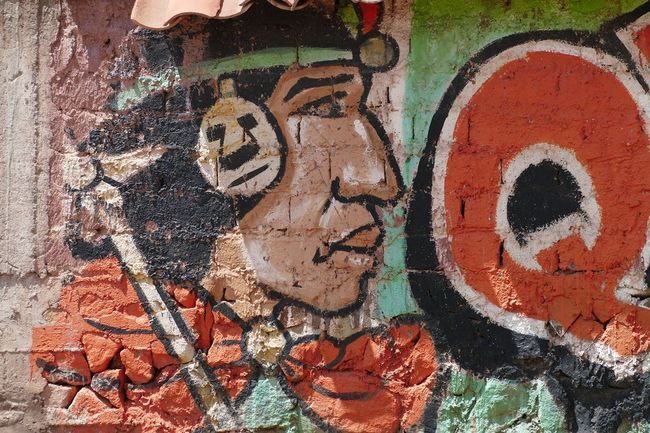
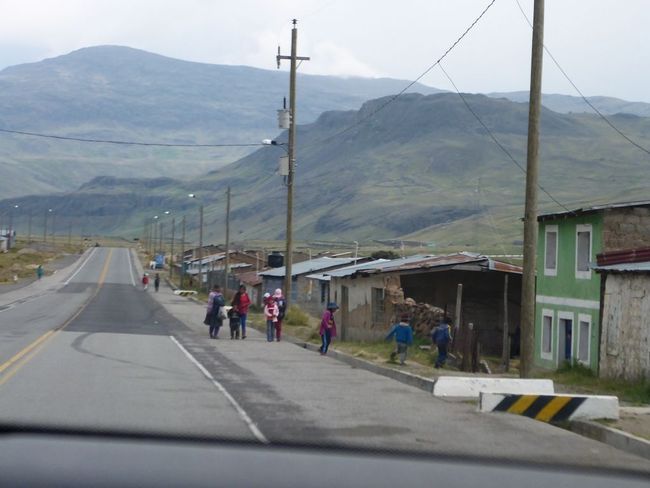
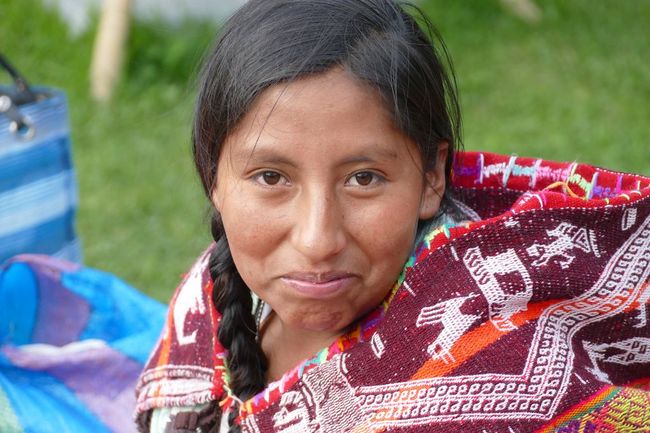
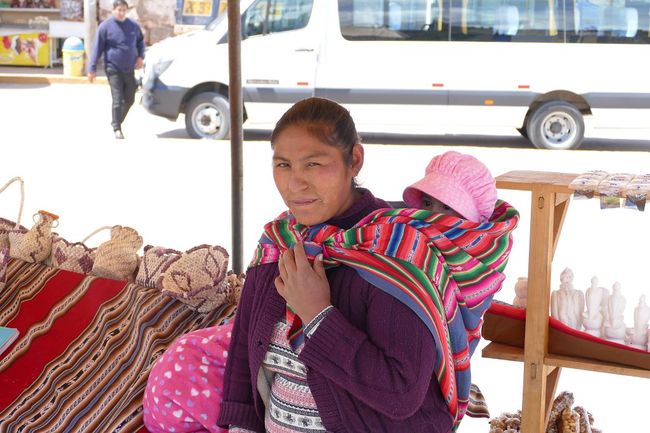
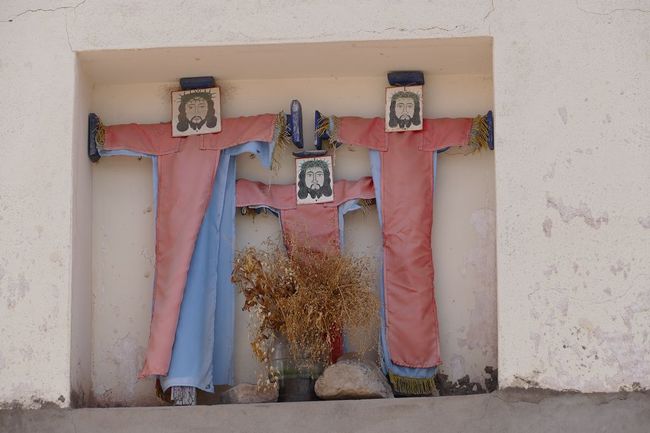
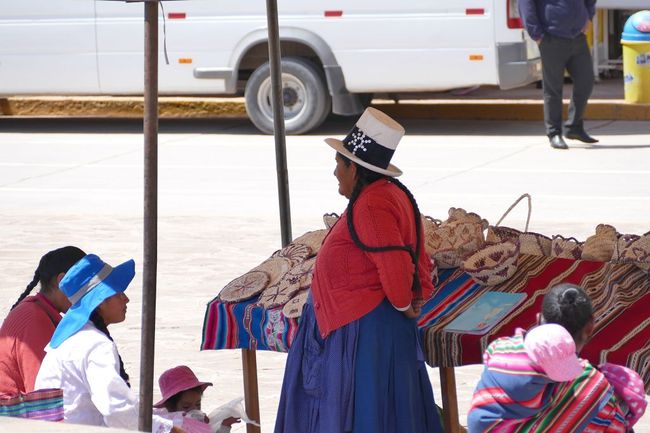
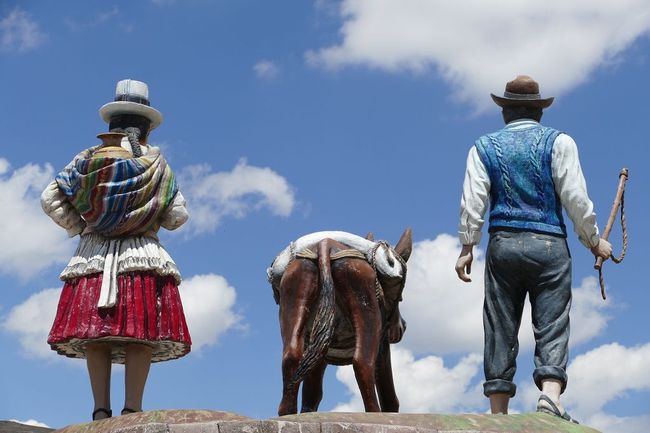
Pretplatite se na Newsletter
Our path should actually lead us further north, but we take another two days to take a detour to the Colca Canyon. In millions of years, the Rio Colca has carved a 100 km long gorge, measuring 3,400 meters from the deepest point to the highest peak. The Colca Valley is the most important agricultural area in Peru, for hundreds of years maize, beans, potatoes and fruit have been cultivated here on terraces from the Inca era. But here we mainly want to see the largest birds of prey in the world, the condors, who raise their young in the Colca Valley. We enjoy the ride through the impressive landscape, see guanacos that we already know from Patagonia, but also llamas, alpacas and the rare vicuñas. We take our time and marvel at this incredible nature. Deep down flows the Rio Colca, the dark green terraced slopes rise from the gorge and turn into rocky peaks. Despite the coca tea, we feel the altitude very uncomfortably when we reach the Patapampa Pass at 4,910 meters above sea level. But the panorama compensates for shortness of breath and dizziness. We spend the night in the Andean village of Yanque in the tiny courtyard of a small hostel. We are the only guests and the landlady serves us a dinner of alpaca meat, salad and a whole jug of chicha morada, a drink made from purple corn, sugar and fruit juice. The next morning we leave the yard at 7:00 am, as we want to be at Cruz del Condor in time to see the condors take off. Of course, the day tourists from Arequipa also want to see that and they start their journey at 4:00 am, so there is a lot going on on the narrow road. As always, we marvel at the rapid speed and risky overtaking of the minibuses on the narrow, winding roads, which often run along the cliff edge without guardrails. We drive slowly, but still arrive at the Mirador in time to see about a dozen of the magnificent birds take off. We spend a lot of time there and despite the many tourists, it is quiet, almost reverent. A unique experience.
Exactly one week later, one of the minibuses has an accident on this route and seven people die. The next day, another bus crashes, two German tourists die, and 12 other people are injured. Unfortunately, this will always be a memory of the Colca Valley.
We continue downhill towards the Pacific on gravel roads. Montezuma's revenge strikes again and after a night without a toilet on a foggy beach promenade, we quickly drive to a campsite recommended by a nice Bavarian couple in Arequipa. From the coastal road, we drive two kilometers on a rough road downhill. Right by the sea in a small bay is a small hotel that also welcomes campers. In Puerto Inka, we park right by the rocky beach, overlooking the roaring surf and ancient Inca ruins high up in the cliffs. A beautifully dreamy place, just right for recuperating and relaxing. Unfortunately, we hardly have any groceries left; cookies, noodles, milk and water... that's it. And none of us feel fit enough to drive to the next town. As we ponder over a solution to the problem, the Bavarian camper pulls up next to us on the beach. Sven is a bachelor for 2 weeks, his wife is in Costa Rica and he wants to relax on the beach. He has bought supplies for two weeks and will share them generously with us. But first, he gives us a roll of vanilla-scented Kleenex... a gift whose size and meaning can only be appreciated by those familiar with South American 'Papel de Hygienico'. We spend three quiet days here, looking out to the sea, taking walks up to the fortress, snacking on our cookies during the day and enjoying a delicious meal cooked by Sven in the evenings. We turn as brown as hazelnuts and after three days, we feel so good that we continue our journey towards Nasca. Thank you very much, Sven, we'll see you in Munich or maybe in Greece?
In Nasca, our stomachs are still not fully recovered, so we don't dare to get into one of those tiny, shaky planes and we satisfy ourselves with a view of the lines from an observation tower. On the tower, someone once again approaches us about our car, this time it's a reporter from Deutschlandfunk and suddenly we have a microphone under our noses. We hope we didn't talk too much nonsense. So if someone happens to hear it... we were still sick and out of breath from climbing stairs and completely surprised anyway...
From Nasca, we go back up into the Andes, our next destination is the Sacred Valley of the Incas. The route through the Andes is beautiful, but above all exhausting. In the first night, we sleep at a toll station at an altitude of 4,300 meters. The altitude is really affecting us and Montezuma's revenge has returned with full force. It's freezing outside and all night long, trucks drive over the stops in front of the toll booth, stop, pay and drive on again. Quite far ahead in the competition for the most restless night of the whole tour. At 6 o'clock we finally free the car, continue driving and after a few hours, it's 30 degrees hot and humid. Palm trees and banana plants grow next to us. We spend the night at a small gas station, at least it's quiet here. On the third day, we finally arrive at the Sacred Valley. It took us 2.5 days for the 700 kilometers, we crossed three passes with more than 4,000 meters of altitude and never before have we driven so many hairpin curves in a row. We're exhausted!
Pretplatite se na Newsletter
Odgovor (5)
Guido
Mal wieder ein sehr spannender Berich! Ist ja wirklich ein auf und ab... Nicht dass Euch unter den Campern unterwegs bald so ein Ruf voraus eilt "die Mädels im Dubs essen einem alles weg" ;-) Weiterhin gute Fahrt!anna
...man ey einerseits schmunzelt man und dann schluckt man wie gefährlich doch auch eine Reise ist ..... —> passt schön weiter uff euch uff !!!Barbara
Ilse: wieder ein unglaublich spannender Bericht, aber mir ist es bei Euerer Schilderung über das Colcatal und über die kurvenreiche Strecke eiskalt den Rücken herunter gelaufen. Fordert Euere Schutzengel nicht so heraus!!!!
Die Fotos waren auch ganz super.
Vielen Dank für die tollen Berichte.Michael
Denke oft an euch, wir sind leider schon seit 3 Wochen zurück in Deutschland.
Hatten uns kurz am Cruz del Condor kennengelernt ( die 5 aus dem Schwarzwald :-) hätte noch 2 schöne Fotos von euch.
Barbara
Wie schön von euch zu hören! Wir sind mitlerweile wieder in Argentinien. Meldet euch doch mal über Whatsapp oder Mail...schöne Fotos von uns haben wir immer gern. Ganz liebe Grüße zurück